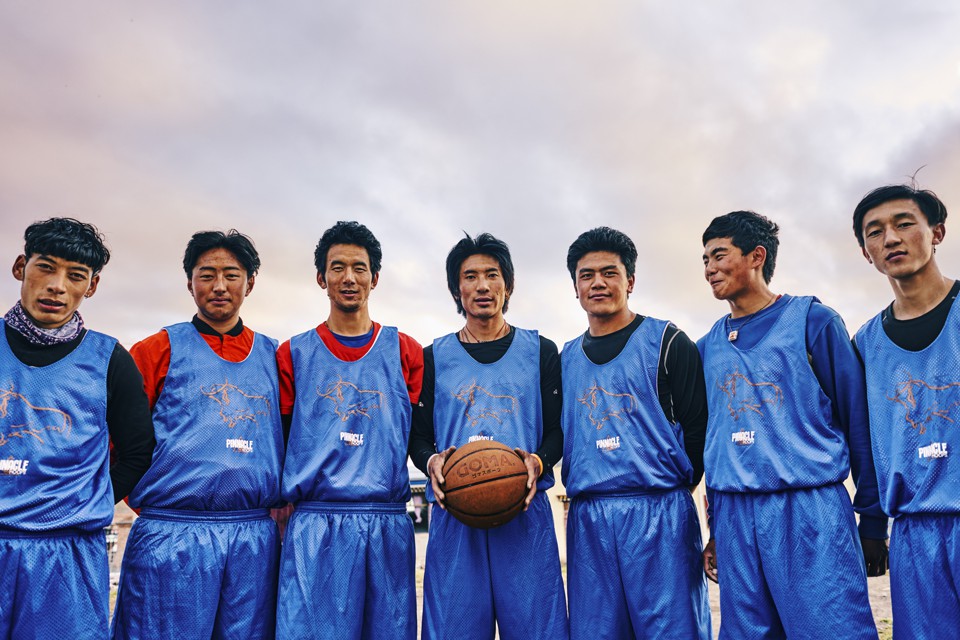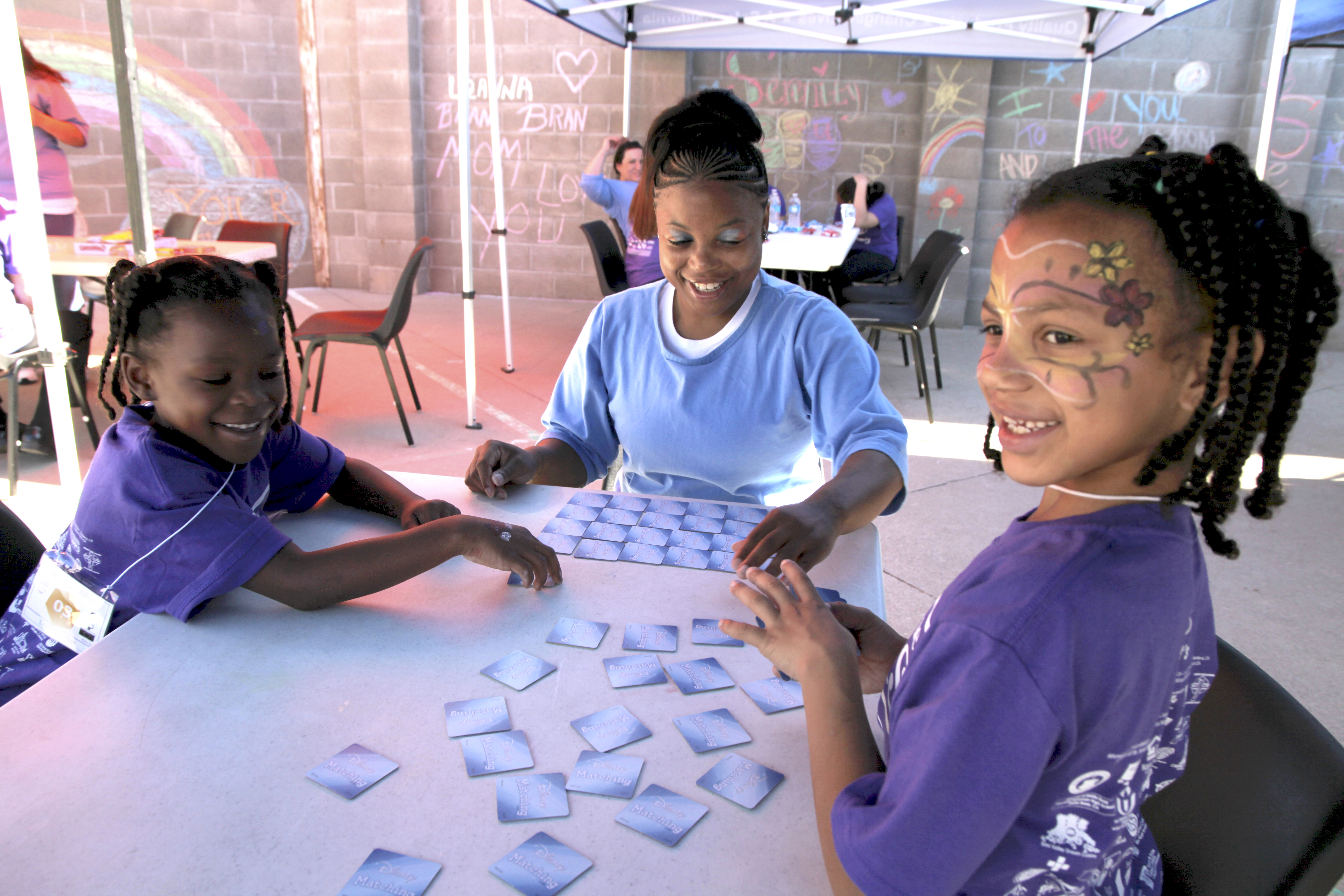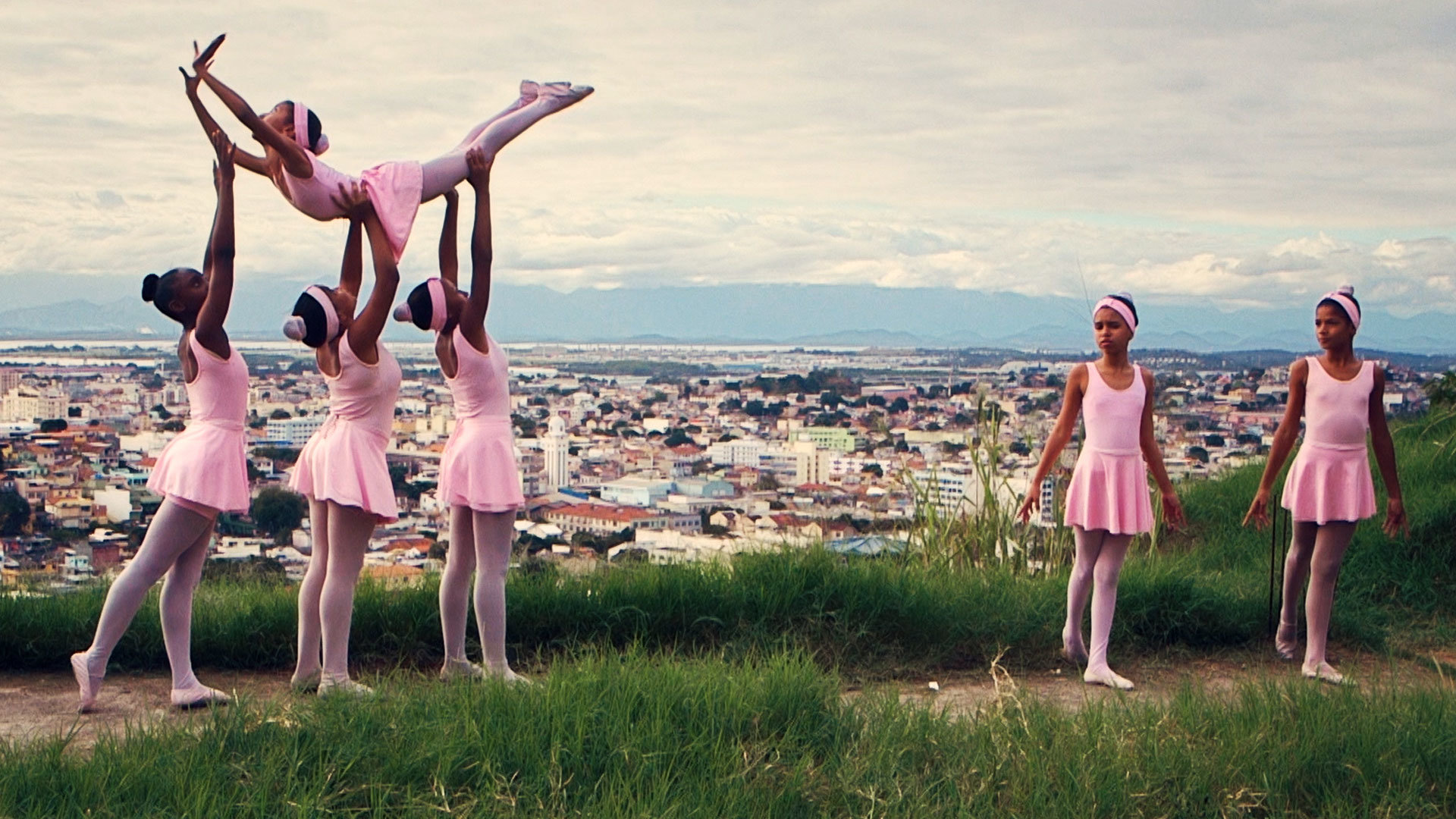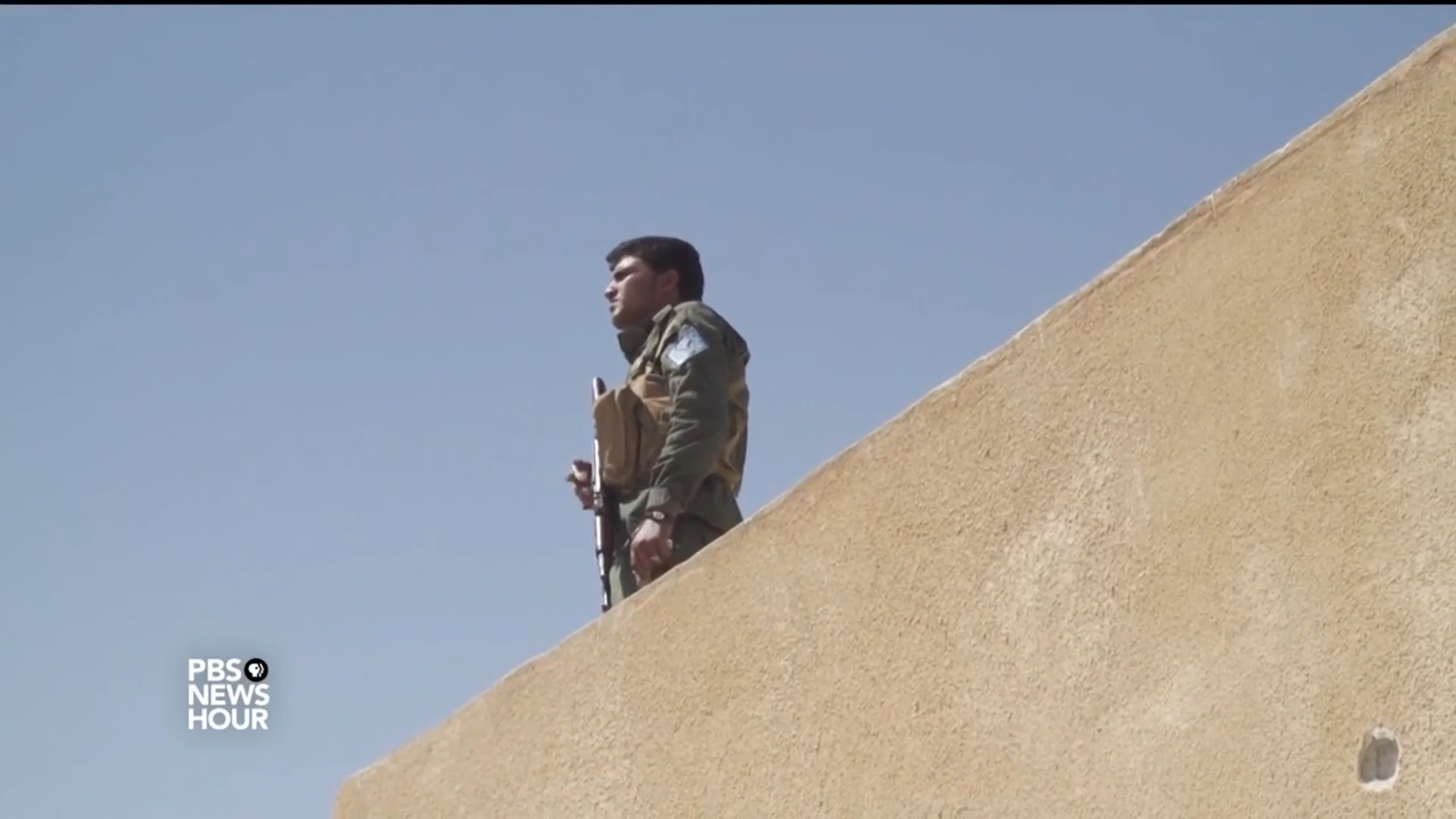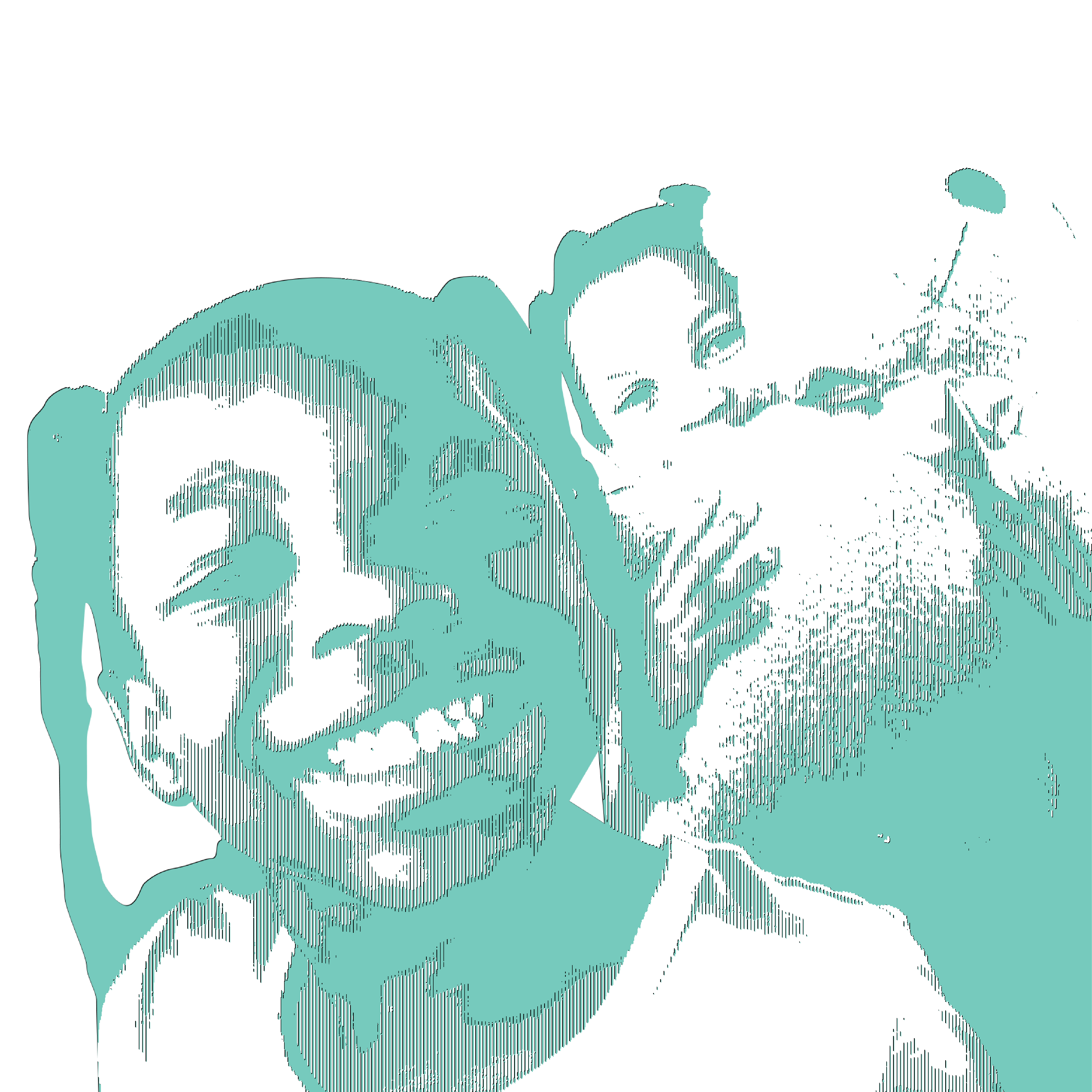Lesson Plan August 1, 2019
Finding a Common Thread: How Young People Spend Free Time Around the World
Country:
Grades:
Warm-up: Locating the places students will explore on a map.
Stories, Activities, and Discussion: Exploring five elementary-friendly texts, observing a related photograph, and answering discussion questions.
Closing Discussion: Reflecting on connections between students' lives and the lives of young people around the world.
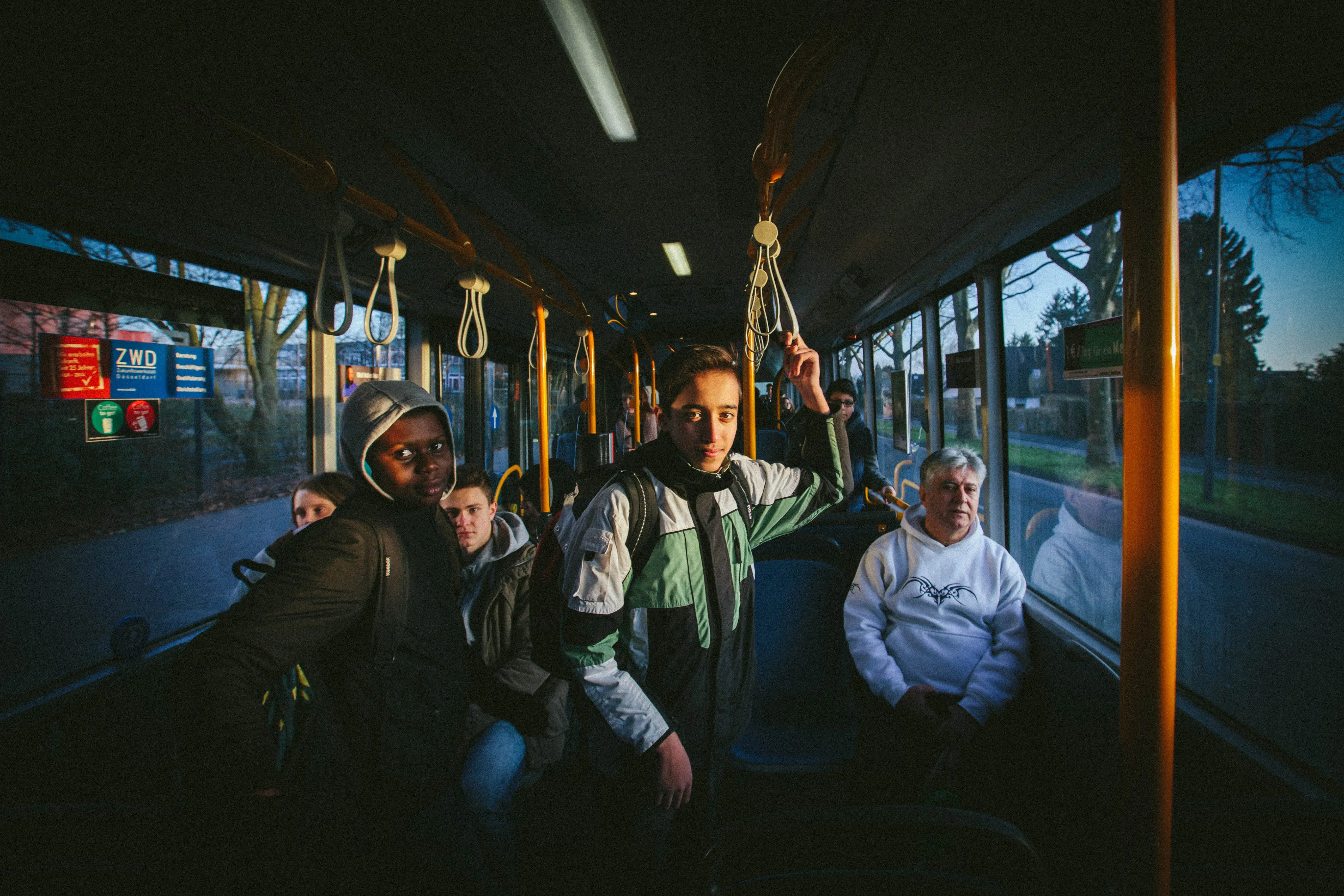
Printable PDFs/Word Documents for this Lesson:
Introduction:
The way that young people around the globe spend their free time often crosses geographical, cultural, and socioeconomic divides. Shared activities also form a bond among people in their local communities, and can connect them with others who have similar interests around the world.
This lesson plan helps students form those global connections by exploring news stories about what young people do for fun in four different countries.
Objectives:
Students will be able to...
- Share their favorite way(s) to spend free time, and what these activities mean to them and their community.
- Compare and contrast between how they spend free time and how other young people in different countries spend free time.
- Evaluate how geographical, cultural, and socioeconomic context impact the way young people spend free time.
- Identify cross-cultural connections between themselves and young people around the world through shared interests and activities.
Warm-up:
1. Find your current location on a map of the world and place a marker there. Discuss the following questions:
- How would you describe where you're from to someone who has never been there?
- What kinds of activities do you like to do for fun? Why?
2. Now, place a marker on each of the following locations: Brazil, Tibet, California, and Syria. Discuss the following questions:
- Are these places far away from where you currently are?
- What kinds of activities do you think the people who live in these places do for fun?
- Think about the children and young people in these places. What do you think you might have in common with them? What questions would you want to ask them?
Activity: Exploring Global Stories
Share the five stories below with students. Each story includes a photo-observation activity, an elementary-friendly text, and discussion questions.
Option 1: Explore as a class
Have students select which story/hobby below most interests them. Then, review the story and discussion questions as a class. Repeat this process until students have explored all five stories. Alternatively, students could choose one of the remaining four stories to explore in a small group. All groups would then share their responses to the discussion questions at the end of class.
Option 2: Explore in stations
Create stations for each of the five stories below. Break students into small groups, and guide groups in rotating through each station until all groups have explored all five stories.
Stories:
1. Spending Time Outside
How Schools in Brazil Are Teaching Kids to Eat Their Vegetables by Rhitu Chatterjee for NPR
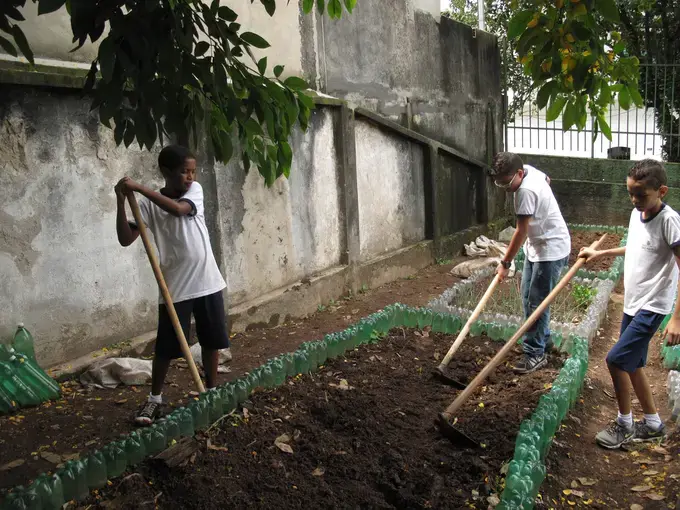
Photograph:
Observe this photo. Write down three details that you see, two questions that you have, and one prediction: What do you think this story is about?
Story Excerpt:
Discussion Questions:
- How do you spend time outside?
- Can you connect with the students working on this garden? Are there any gardens in your community or does any member of your family have a garden?
- Has there ever been a time where you thought you wouldn't like something, like a vegetable or fruit, and then when you tried it, you found out it was something you enjoyed?
Additional Resource:
Listen to the following audio clip to hear more about this reporting from the journalist.
2. Playing a sport
Tibet Is Going Crazy for Hoops by Louie Lazar for The Atlantic
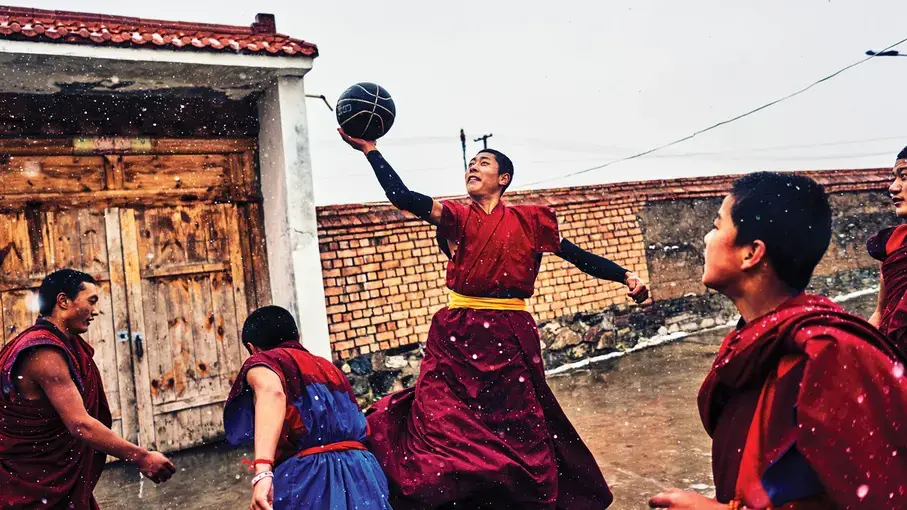
Photograph:
Observe this photo. Write down three details that you see, two questions that you have, and one prediction: What do you think this story is about?
Story Excerpt:
Discussion Questions:
- What kind of sports do people play in your community? Which ones are team sports, and which are individual sports?
- How do you think people in your community benefit from sports? How are people benefiting from basketball in Tibet?
- Think about the role of women in Tibet and Tibetan sports. How do you think the role of women in your neighborhood sports culture compares?
Additional Resource:
Click here to see videos and pictures of Norlha basketball players in Tibet.
3. Practicing Art
Ballet and Bullets: Dancing Out of the Favela by Frederick Barnas and Rayan Hindi for Vice
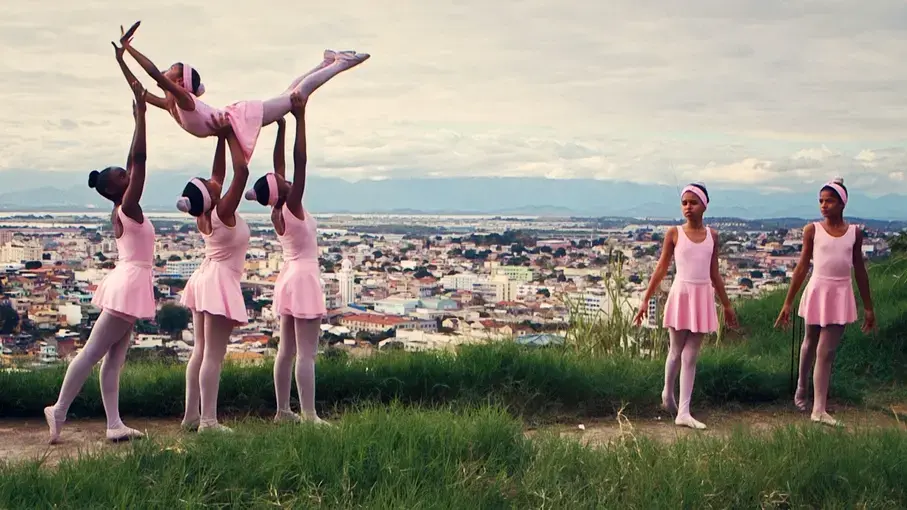
Photograph:
Observe this photo. Write down three details that you see, two questions that you have, and one prediction: What do you think this story is about?
Story Excerpt:
Discussion Questions:
- Is dancing important in your group of friends, neighborhood, and/or community? When and where do people dance? How do they dance?
- Dancing is a form of art, as well as a sport. What is your favorite form of art, and what have you learned by practicing it?
- What do you have in common with the ballerinas in the Brazilian favela? How might your circumstances/experiences be different?
Additional Resource:
Watch the following short film about the young women and girls shown in the photograph above.
4. Visiting with Family
Visiting Day by Jaime Joyce for Time for Kids
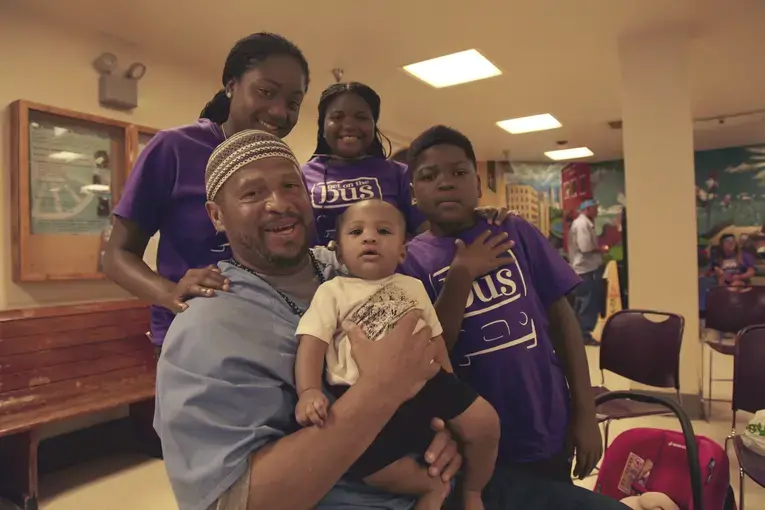
Photograph:
Observe this photo. Write down three details that you see, two questions that you have, and one prediction: What do you think this story is about?
Story Excerpt:
Discussion Questions:
- Have you ever had to travel for a long time to go see your family? What kind of transportation did you take to get there?
- Have you ever had to spend time away from the people who usually take care of you?
- How do you think children feel when they visit their family members in jail or prison? How can you connect with them?
Additional Resource:
Read this story from the same project to learn more about the summer camp that is held for children to spend time with their parents who are incarcerated.
5. Studying
Under-reported Story: In Syria, All Girls Want Is Safety and School by Gayle Tzemach Lemmon for PRI's The World
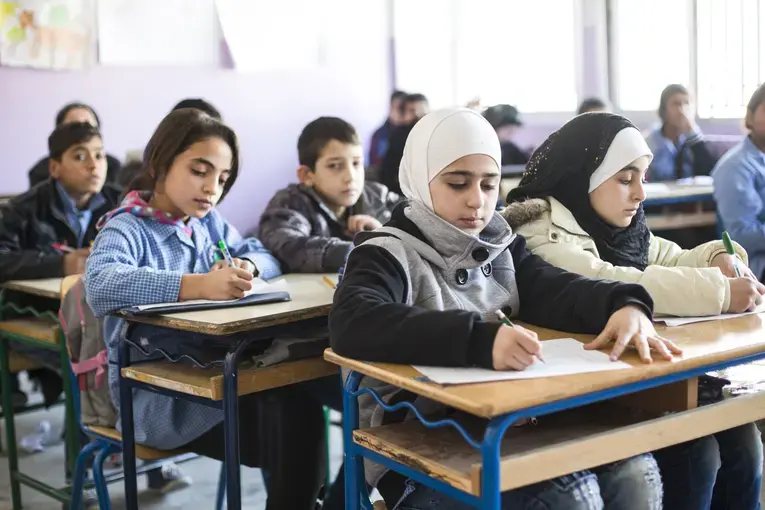
Photograph:
Observe this photo. Write down three details that you see, two questions that you have, and one prediction: What do you think this story is about?
Story Excerpt:
Discussion Questions:
- Have you ever been unable to go to school? How did it make you feel? How do you think you would feel if you didn't have the option to go to school for months or years at a time?
- According to the story, why is it sometimes harder for young women and girls to go to school than it is for young men and boys?
- How do you think young people might feel when they are caught in the middle of a war? How might their lives be affected?
Additional Resource:
Listen to the following audio clip to hear more about the situation for girls in Syria from the journalist.
Closing Discussion:
Guide students in a discussion as a class, or in small groups, to reflect on the following questions:
- What similarities did you find between the way you spend free time and the way young people from around the world spend their free time?
- What new information did you learn about challenges young people are facing in other countries? How are they navigating these challenges?
- Using details from the stories you explored, what connections can you make between your life and the lives of young people from around the world?
Common Core Standards:
CCSS.ELA-LITERACY.RI.4.7
Interpret information presented visually, orally, or quantitatively (e.g., in charts, graphs, diagrams, time lines, animations, or interactive elements on Web pages) and explain how the information contributes to an understanding of the text in which it appears.
CCSS.ELA-LITERACY.RI.4.2
Determine the main idea of a text and explain how it is supported by key details; summarize the text.
CCSS.ELA-LITERACY.RI.4.3
Explain events, procedures, ideas, or concepts in a historical, scientific, or technical text, including what happened and why, based on specific information in the text.
REPORTING FEATURED IN THIS LESSON PLAN
-
 English
EnglishProject
Basketball in Tibet
On the Tibetan plateau, an unlikely group of nomads, Buddhist monks, and yak-wool artisans have seen...
-
 English
EnglishProject
Syria: The Next Chapter
The Syrian war: We see the headlines, but know far less about the people caught in the conflict's...
-
×
 English
English

